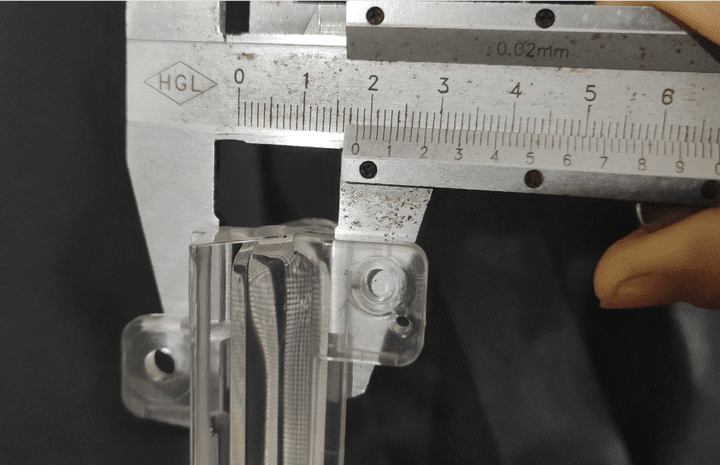These are some of the factors that govern the design of plastic parts. These are functional requirements, including mechanical loading and UV stability; aesthetic requirements, such as color, level of transparency, and tactile response; and economic considerations, including the cost of materials, labor, and capital equipment.
DESIGN PROCESS
In the same manner, as a successful football play, the successful design and production of plastic products require extensive teamwork and a well-developed strategy.
Plastic parts should be designed by an integrated team of various players, including conceptual designers, stylists, designers, materials suppliers, mold-makers, processing staff, finishers, and decorators.
When you take full advantage of team strengths, account for team members’ limitations, and do not overload any one member, you increase your chances of building a product that successfully competes in the marketplace.
It is the designer’s responsibility to consider these factors early in the strategy development process and make adjustments based on the input given by the different members of the design team.
Solicit input early in the development process from multiple “players.” Consider improvements that can either enhance the performance of the product or simplify and improve the manufacturing process.
Frequently, design features add unnecessary complexity to production and increase costs during the manufacturing process.
Additionally, early involvement from different design and manufacturing groups helps to focus on total product costs rather than individual item or process costs. Oftentimes adding a processing step and associated cost to one area results in a more significant reduction in total product cost.
For example, adding snap latches or nesting mechanisms may increase component and mold costs while still resulting in significant savings in assembly operations and related costs. Similarly, specifying an expensive resin with UV resistance and molded-in color could result in substantially higher raw material costs.
When designing and developing components, consider optimizing the part function and appearance, specifying the actual part requirements, evaluating processes, selecting the appropriate material, reducing costs, and conducting prototype testing simultaneously. This is important because these steps must be undertaken simultaneously for the reasons described above.
PURPOSE OF PLASTIC PARTS
In reviewing your part and material requirements, you must examine all aspects, including design and material selection. Remember not to focus too much on the intended end-use conditions and loads: Plastic parts are frequently exposed to harsher conditions during production and shipping than during actual use.
Examine the material and part performance on several levels.
-
Mechanical Loading
Conduct a careful analysis of all mechanical loadings that could lead to fatigue, including short-term static loads, impacts, vibrational loads, or cyclic loads. Determine long-term loads that could cause creep or stress relaxation.
-
Temperature
One of the essential properties of plastics is their impact resistance. This is because impact resistance usually diminishes at lower temperatures. Consider the full range of end-use temperatures as well as temperatures during fabrication, mounting, and shipping.
-
Exposure to chemical agents
All materials encountered in plastic parts handling include a wide range of chemicals, from mold releases to cutting oils to degreasers to lubricants to solvents. All chemicals should be compatible with the chosen material and the final part.
-
Electrical Performance
Note the required electrical property values and the nature of electrical loading. Determine if your application requires EMI shielding or UL testing. For reference, list materials that have proven successful in electrical applications.
-
Weather-Resistant
The physical characteristics of plastic parts vary due to temperature, moisture, and UV ray exposure. The end-user determines the type of weather resistance a part must exhibit, for instance, mirror housings being subjected to continuous outdoor exposure and performing in various weather conditions.
Additionally, heat gain from sunlight on dark surfaces may drastically increase the upper-temperature requirement above the maximum temperature required for the component. Conversely, your requirements may be less intense if your part is only exposed to weather elements on a relatively infrequent basis.
For example, during the holiday season, outdoor Christmas decorations are often not required to meet the requirements for general exposure, only for limited exposure, as was the case with the original design.
-
Radiation
Physical radiation can yellow and degrade many types of plastics. Plastics exposed to radiation sources such as fluorescent lights, high-intensity discharge lamps, and gamma sterilization units must have either a UV-stabilized resin or other finishing techniques.
-
Appearance
Aesthetic constraints can necessitate many requirements for material choice and part design. For example, if the part needs to be transparent, a plastic other than aluminum or steel will be problematic. High clarity. Color may also play an important role. Plastics must often match the color of other materials used in parts of an assembly. Some applications require the plastic part to weather at the same rate as other materials in an assembly.
